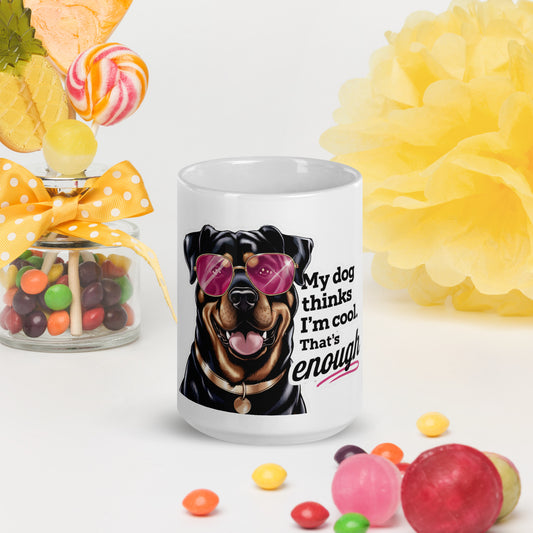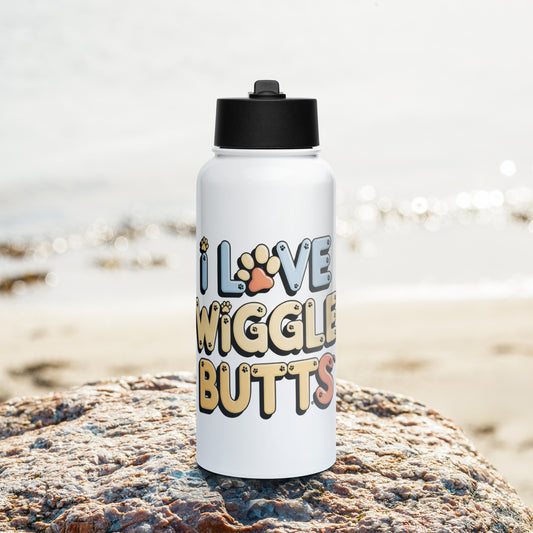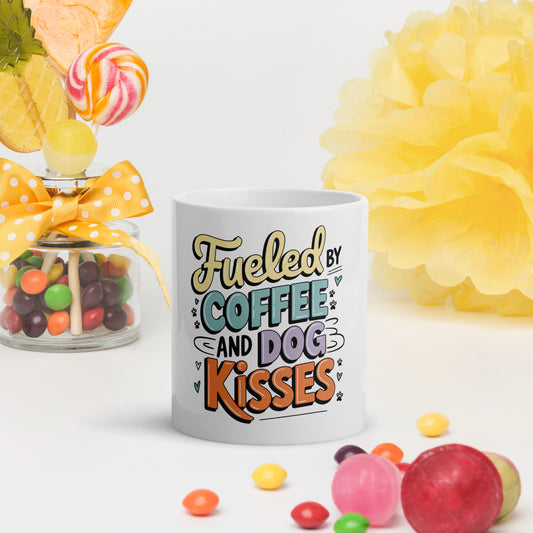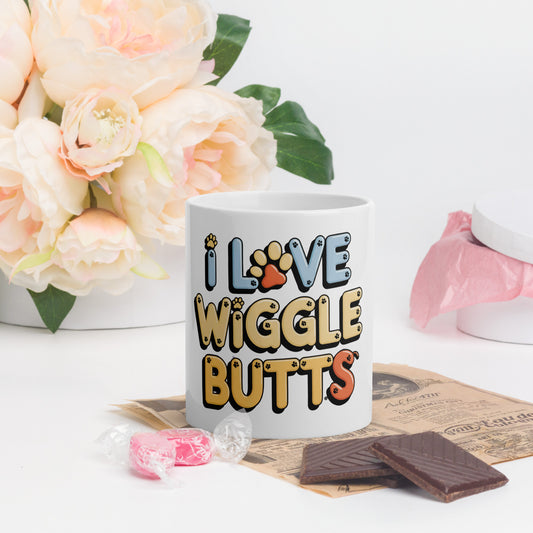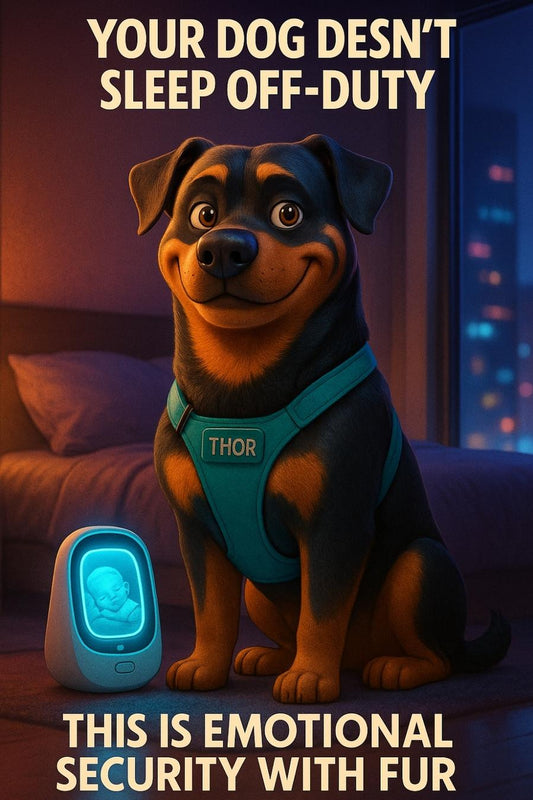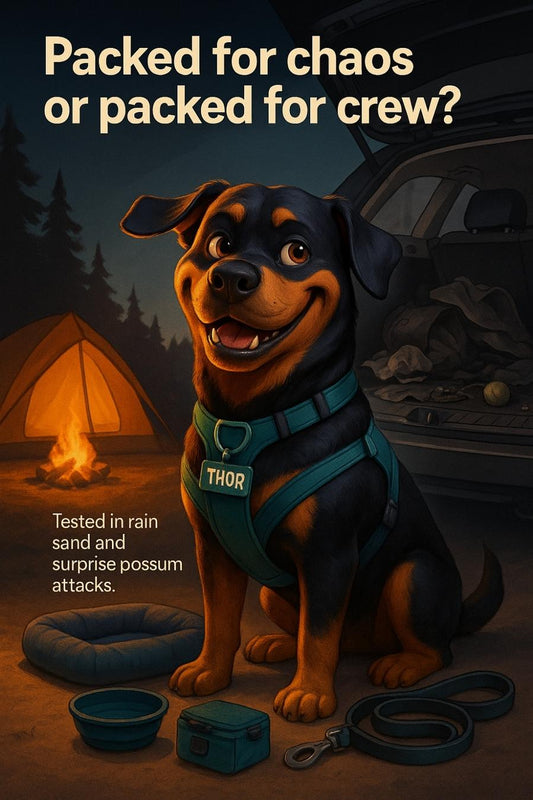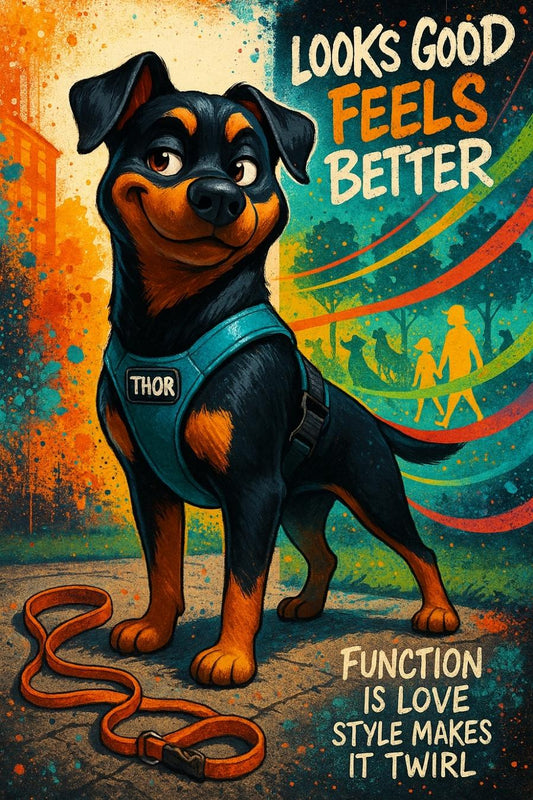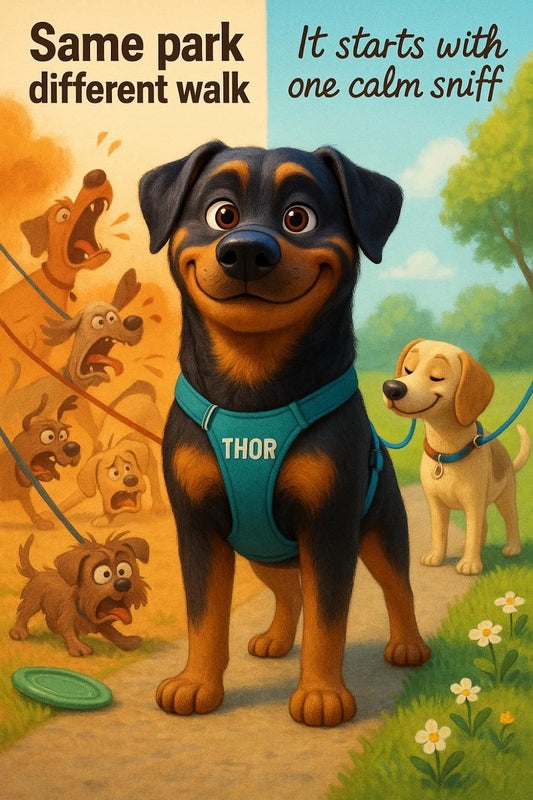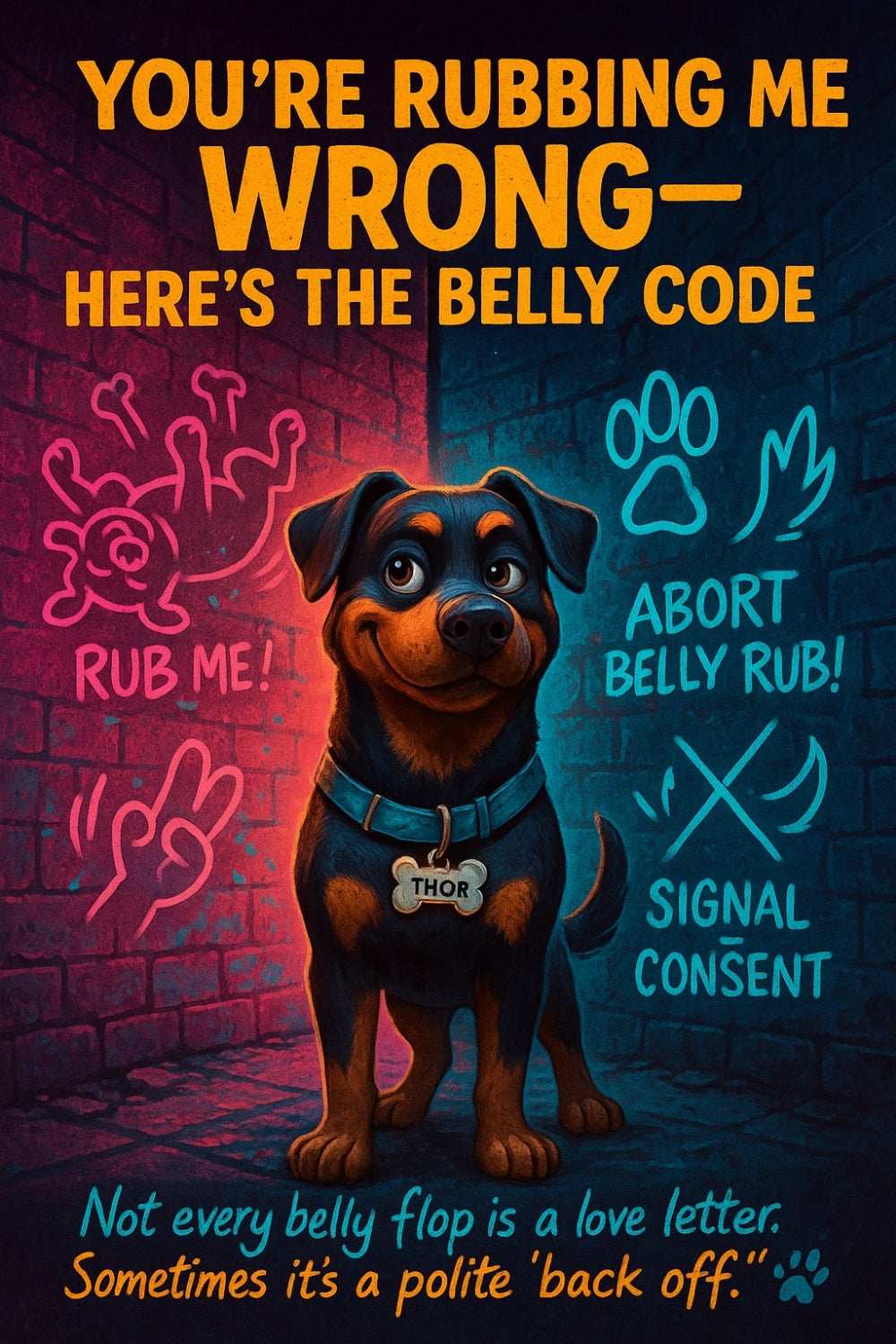
You’re Rubbing Me Wrong—Here’s the Belly Code.
Share
That Belly Rub Isn’t an Invite—It Might Be a Trap
Decode your dog’s belly signals with the instincts of Cesar Millan and the honesty of your mate’s dog
Cesar Millan knows dogs inside out. But even he might miss the silent alarm when a big Rottie rolls belly-up and gives that side-eye. Sound familiar? You see the belly, your hooman heart melts, and wham—you’re in the danger zone. That flop isn’t always a “rub me” sign. Sometimes, it’s a power move with fluff. Confused? Good. We gotta talk.
Before: You were guessing—one belly rub too many, one grumble too late.
After: Your dog’s a walking mood ring in fur. Belly signals decoded. Bond stronger. Noses booped appropriately.
The Canine Conspiracy: Why We Show the Belly
Let’s set the scene. You walk in after work, drop your bag, and your dog flops sideways like a deflated beanbag. Belly up, paws skyward. You think, “Aww, she wants rubs.” But here’s the kicker—sometimes, we’re asking for a treaty, not a tummy tickle.
See, a belly flash is not always an invitation. It’s a multi-layered flex that means:
- Submission — “You win, big hooman. Please don’t trim my nails.”
- Trust — “I approve your record of snack delivery.”
- Discomfort deflection — “This makes you stop looming over me like a giraffe.”
- Overwhelm — “I can’t with this toddler’s energy anymore.”
Sometimes we flash the belly not for a rub but for some personal space—or a little peace during a house full of foot traffic and scary vacuum monsters.
“But My Dog Loves Belly Rubs!” Yeah? Prove It.
Here’s the truth bomb: a dog who truly wants a belly rub won’t just show the belly. We’ll wiggle. We’ll stretch. We’ll roll back and nudge your hand like a smol furry mime asking, “Use dis.” If we look stiff, avoid eye contact, freeze, or flick our ears—abort mission, Captain.
Expert Quote: "Dogs that want interaction will initiate it," says animal behaviourist Dr. Lisa Radosta. "Respect equals trust, and trust builds the best relationships—paws down."
So unless your dog is actively asking for it, that belly might just be our way of managing anxiety or appeasing you in a situation you don’t realise is stressful for us.
How to Crack the Belly Code (Without Causing a Pawlitical Incident)
Think of us like emotionally honest toddlers—we don’t fake things. If we want space, it’s clear. If we want touch, we’ll ask. So where do hoomans go wrong?
Step 1: Read the full body. Is the tail wag relaxed or rigid? Is the mouth open and loose? No tension? You’re halfway there.
Step 2: Ask gently. Move your hand toward the exposed belly and pause. Do we lean in? You’ve been granted rub-borship. Do we go still or lick our lips quietly? Retreat, soldier.
Step 3: Respect the fade. We get overstimulated fast. If the belly rolls back over or we try to get up, stop. No chasing the tummy. That’s illegal in dog law.
Common Situations Where You Misread the Signal
- During vet visits: We lie on our backs like drama queens. It’s fear, not affection.
- When you scold us: The belly flop is an appeasement trick. We’re saying “please no yellies.”
- With strangers: If we roll belly-up near a new guest, don’t assume welcome party. We’re figuring them out. Slow your roll, Karen.
What This Says About You (and Your Dog’s Trust)
Old Way: “Belly = Rub button.”
New Way: “Belly = Read the situation.”
This isn’t about making you walk on eggshells. It’s about levelling up. A dog that trusts you enough to show their tummy is giving you a sacred boop into their comfort zone. Responding properly builds stronger bonds, deeper trust, and way more zoomies later on.
And let’s be honest — most dogs do love belly rubs… when it’s the right time. You just need to listen to the fur signals. Got it?
Here’s the tail-wag takeaway: A belly flop isn’t a green light—it’s a question. Answer wisely, and you level up as a hooman worth snuggling.
Catch ya on the flip-paw side,
Thor 🐾

Follow my adventures on Facebook: Thor's Pawesome Reviews
And check me out on Instagram: Live Thor's World

